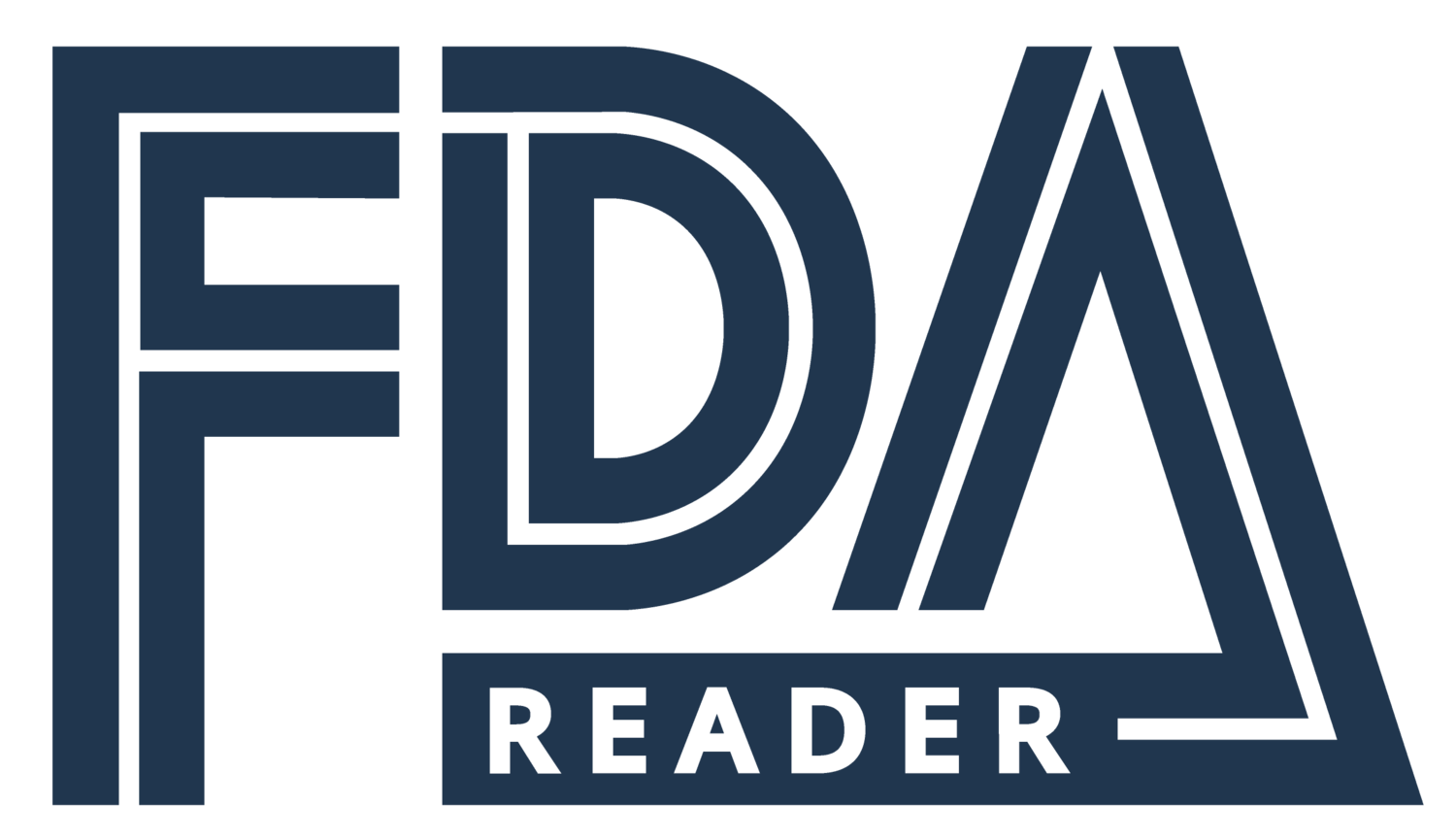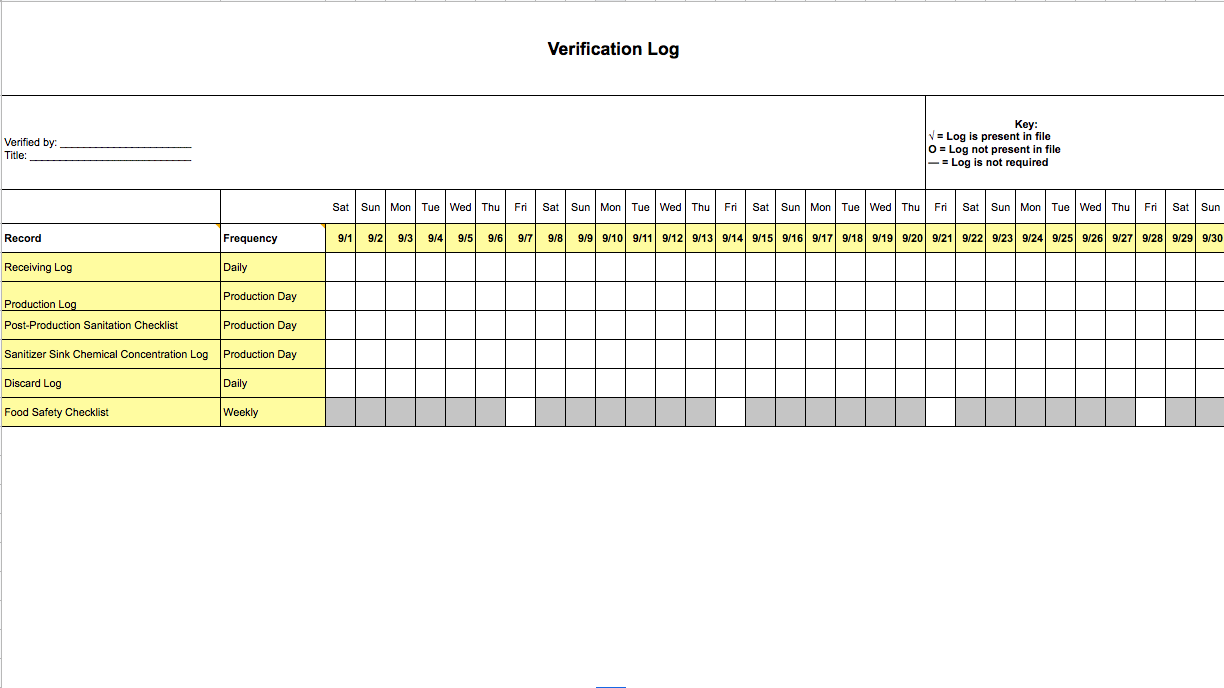What You Need To Know:
A preventive control is a strategy implemented to eliminate a hazard in a food manufacturing environment
You must identify and implement preventive controls when you identify a hazard that is reasonably likely to cause injury to a customer if left unaddressed.
Preventive controls include Critical Control Points and other types of controls.
Preventive controls must be written
Types of Preventive Controls
Process Controls:
These are procedures and processes that are used to control parameters of processing (i.e. acidifying, refrigerating, cooking.) They must be written in a way that is specific to your process and they must include:
parameters associated with controlling the hazard (i.e. if you are using cooking as a process control, then you must include the required cook temperature and cook time)
The maximum or minimum values required to control the hazard.
Food Allergen Controls
These include processes to control food allergens. These are implemented to:
Sanitation Controls:
These are practices to ensure the facility is kept clean and to minimize biological hazards. They relate to:
Cleanliness of food-contact surfaces (equipment, utensils, tables)
Prevention of contamination of food from dirty sources (i.e. dirty people, dirty food, dirty packaging, dirty raw ingredients)
Supply Chain Controls:
Supply Chain Controls are described fully in Part G
Other Controls
You may have other types of controls (i.e. hygiene training and current good manufacturing practices)
What To Do If You Implement a Preventive Control
If you implement one or more preventive controls then you must conduct the following activities for each one:
Monitoring activities
Corrective actions
Verification activities
Circumstances Where Preventive Controls Are Not Required
You aren't required to implement preventive controls if any of the following apply:
The food cannot be consumed without application of an appropriate control (i.e. coffee beans cannot be consumed without pouring boiling water on them, which would kill any bacteria on the bean. By preparing coffee the consumer is inherently applying the necessary control)
You rely on your customer, who is subject to this subpart, to ensure that the hazard is mitigated. You must:
i. Disclose in writing that the food is "not processed to control [identify hazard]" and
ii. Annually obtain written assurance that the customer is following the procedures you have provided, which will eliminate the hazard.
3. You rely on the customer who is not subject to this subpart to eliminate the hazard. You must:
i. Disclose in writing that the food is "not processed to control [identify hazard]" and
ii. Annually obtain written assurance that the customer is following the procedures you have provided, which will eliminate the hazard.
4. You rely on the customer to provide assurance that the food will be processed to control the hazard by a subsequent entity in the supply chain
i. Disclose in writing that the food is "not processed to control [identify hazard]" and
ii. Annually obtain written assurance that your customer will:
A. Disclose in documents accompanying the food that it is "not processed to control [identify hazard]"
B. Will only sell to another entity that agrees in writing that it will mitigate the hazard and obtain similar written assurance from subsequent customers.
5. You have established and implemented a system that ensures control of the hazards in your product, at the distribution step.
Note: You must document any circumstance (related to the section above) that applies to you, including written assurances from customers.



























